Mauritius, located east of Madagascar in the Indian Ocean, is a world-class beach destination and a favoured bolthole of honeymooners. Surrounded by warm turquoise waters teeming with tropical fish, its natural beauty is obvious, but this roughly clamshell-shaped island has depth to match the sheen. The Mauritian national identity is a Creole stew of complimentary cultures, the ingredients imported by tall ships that, over centuries, navigated to its handsome shores. And, like all eclectic destinations, it has charm to spare.
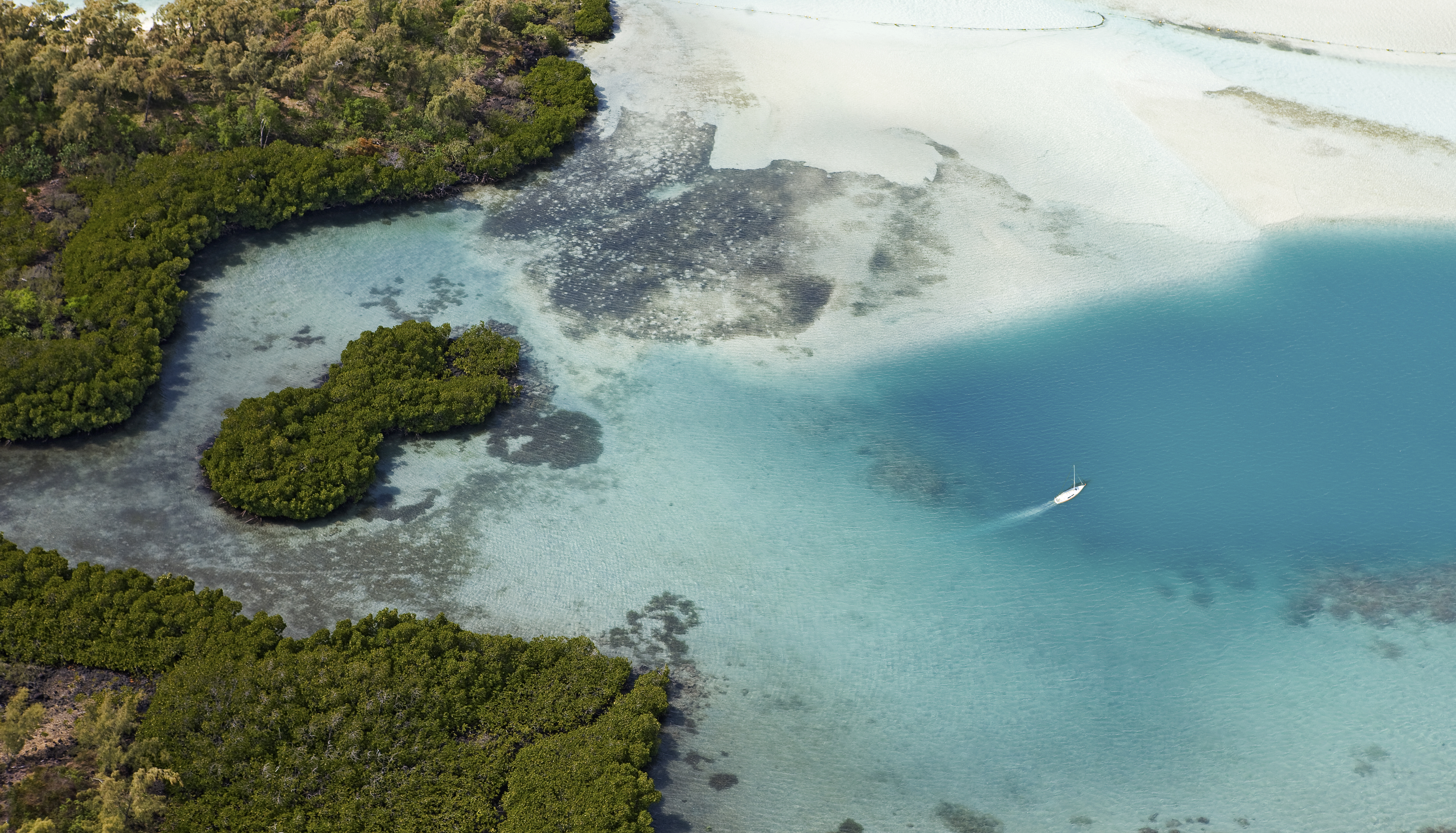
Snorkelling trips out into the fertile Indian Ocean make for popular day trips
The quotation that’s always trotted out about Mauritius is one by Mark Twain who, visiting in 1896, wrote, “From one citizen you gather the idea that Mauritius was made first and then heaven; and that heaven was copied after Mauritius.” No doubt that earnest local whom Twain encountered would have had significantly more than 12 charming places to offer up for this feature, but as he’s sadly unavailable, we’ve had to go it alone.

Market stall in Mahébourg
Mahébourg
There’s always talk of a major waterfront revamp about to happening in Mahébourg, one of the island’s most atmospheric towns, but gloss doesn’t attach itself well to its easy-going style. Dating back to 1805, Mahébourg has a rich maritime history, sits on the island’s largest lagoon, and retains an old town filled with fine examples of the island’s original wooden architecture. Beyond that, the town’s National History Museum is probably the best place – along with Port Louis’s Photography Museum – to engage with the island’s past (its eclectic array of exhibits includes an intact dodo skeleton). The waterfront has a lively daily market and is a good place to become acquainted with local dishes such as fried lentil and potato ‘dholl puri’ or the spicy ‘gateau piment’ – a kind of falafel fritter often enjoyed for breakfast.
Trou-aux-biches
When people mention Trou-aux-biches, it’s the public beach they’re usually talking about rather than the town its connected to. While the town is pleasant enough – and much less touristy than nearby Grand Baie – the beach is famed for its white sands, limpid waters, and coral reefs. Previously named the World’s Leading Beach Destination, this sheltered spot on the country’s northwest coast naturally gets busy in high season, but with two-kilometres of pulchritude to stroll, you should be able to find a spot for your towel and picnic basket, ideally near the shade of the fringing casuarina trees.
Trou-aux-Biches, Pamplemousses
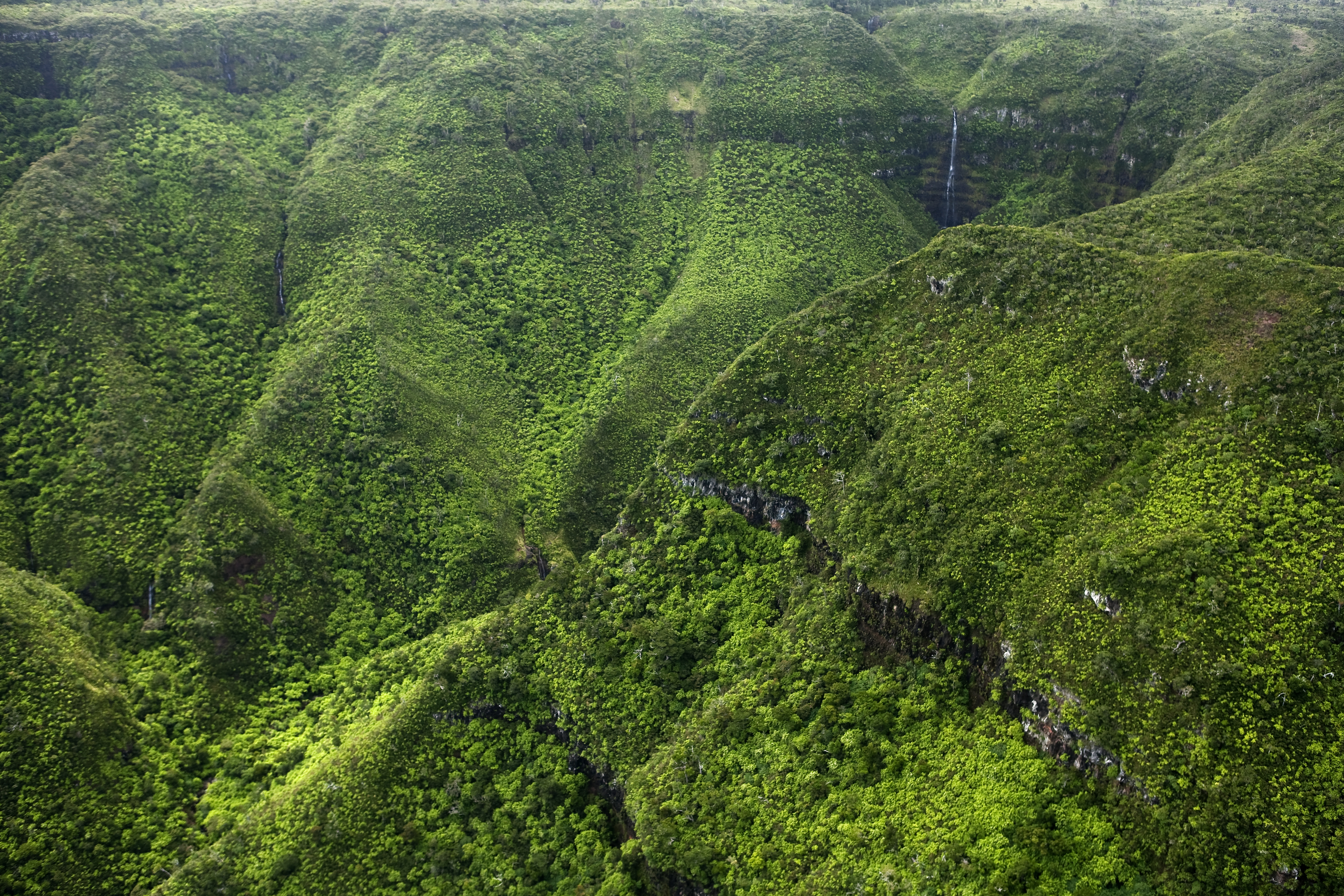
Black River Gorges national park
Savanne
The Savanne district, covering a central swathe of the island’s south, charms by way of retaining much of the island’s original character. Seen by developers as too rustic and wild – there’s no reef here – it hasn’t fallen victim to the same level of prolific resort building as the other coastlines. The seaside is one of coves, basalt sea cliffs, and deserted beaches fresh with on-shore spray. Its sugar cane-covered hinterland includes a sizeable chunk of Black River Gorges National Park and sights like the Grand Bassin – a crater lake that’s one of the central religious spots in the primarily Hindu country. A mix of natural beauty and spiritual introspection.
Le Café des Arts
Mauritius is something of a foodie’s paradise. The colonial trade winds deposited Indian, Chinese and French cultures upon these shores, and the various traditions have blended into an aromatic and delicious local cuisine. Which is to say that you can get a tasty meal at a shack on the beach or off the back of a motorcycle in Port Louis’ central market for a handful of pennies. Conversely, there are also places like extremely charming Le Café des Arts, which offers a Michelin-starred French-influenced menu in the art-covered surrounds of a converted sugar mill. Occasionally the ebullient owner, Jocelyn, will also play the trumpet for you.
Victoria 1840 Victoria Road, Trou d’eau Douce

Giant Tortoises on Ile Aux Aigrettes (Photo: Chris Allsop)
Ile aux Aigrettes
This quiet, 26-hectare island ten minutes by boat from Pointe Jerome is an island conservation project that attempts to recreate the Mauritian ecosystem as it was prior to the arrival of man. Overseen by a local NGO, you can wander the interactive trails looking out for the extremely rare pink pigeon (the island is only one of two habitats remaining for this species) or giant tortoises munching in the undergrowth. The experience gives you a glimpse of how the island would have looked to the Portuguese arriving in the 1500s. The island can only be visited through booking a Mauritian Wildlife Foundation Tour (Rs. 800 for one adult). The tours last for about an hour and a half.
Aigrette Island, Mahebourg Bay Lagoon
Belle Mare
Despite a reputation for windiness (less so during the island’s summer), the east has grown in reputation and is now seen as the quieter, more glamorous option to the north and west. Belle Mare, an hour’s drive north of Mahebourg, is the stand-out white-sand beach on that side of the island. While a few resorts have now moved into the area, Belle Mare is still a long stretch of mostly unspoilt silvery sand lapped by gentle turquoise waves.
Belle Mare, Flacq
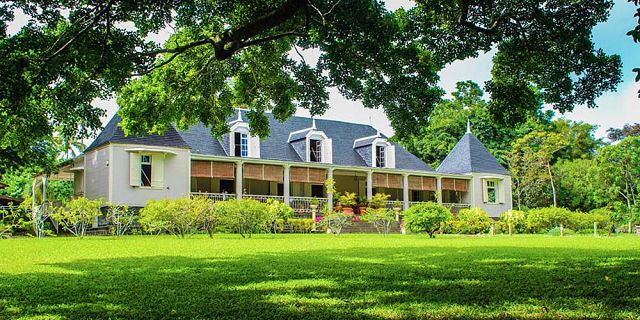
Le Domaine de Saint Aubin (Photo: Mauritius Attractions)
Le Domain de Saint Aubin
Sugarcane dominates much of the agricultural heartland of Mauritius, with refined sugar long a mainstay of the national economy. However, since 2006, some of that sugarcane is now diverted into the Mauritian rum business, its double distilled flavours muscling in on the Caribbean-dominated market. You can get a taste at Le Domaine de Saint Aubin, one of the country’s finest examples of the colonial mansions dotted about, with small scale rum production an organic add-on to its traditional processes. In the countryside near Souillac, the mansion – intriguingly constructed out of the remains of an old ship – also has an excellent fine dining restaurant and lovely gardens.
St Aubin, Riviere des Anguilles
Notre Dame Auxiliatrice Chapel
Located in the fishing village of Cap Malheureux, the Notre Dame Auxiliatrice Chapel is a charming landmark situated at the northern tip of Mauritius. Famed for its attractive red roof, this Catholic church was founded in 1938 and is a favoured backdrop for Mauritian wedding photographers – regardless of whether the church is actually being used for the big day. Nevertheless, it’s usually a peaceful spot to visit with excellent views of the five northern islets – although over the years it has been a different story out at sea. Cap Malheureux translates as ‘Unfortunate Cape’ due to the numerous shipwrecks that occurred offshore during colonisation.
Cap Malheureux
Sir Seewoosagur Ramgoolan Botanic Garden
Nearly 300 years old – and the oldest example of its kind in the Southern hemisphere – the Sir Seewoosagur Ramgoolan Botanic Garden (SSRBG) is one of the jewels of the island’s colonial heritage. What began as a vegetable garden during the French occupation has grown into a 38 hectare, shabby chic Garden of Eden involving 85 varieties of palm trees, a spice garden, and the outstanding Lotus lake. A tranquil place to stroll (especially in the week), just remember to bring cash for the entry fee (Rs. 25).
Royal Road, Parc, Pamplemousses
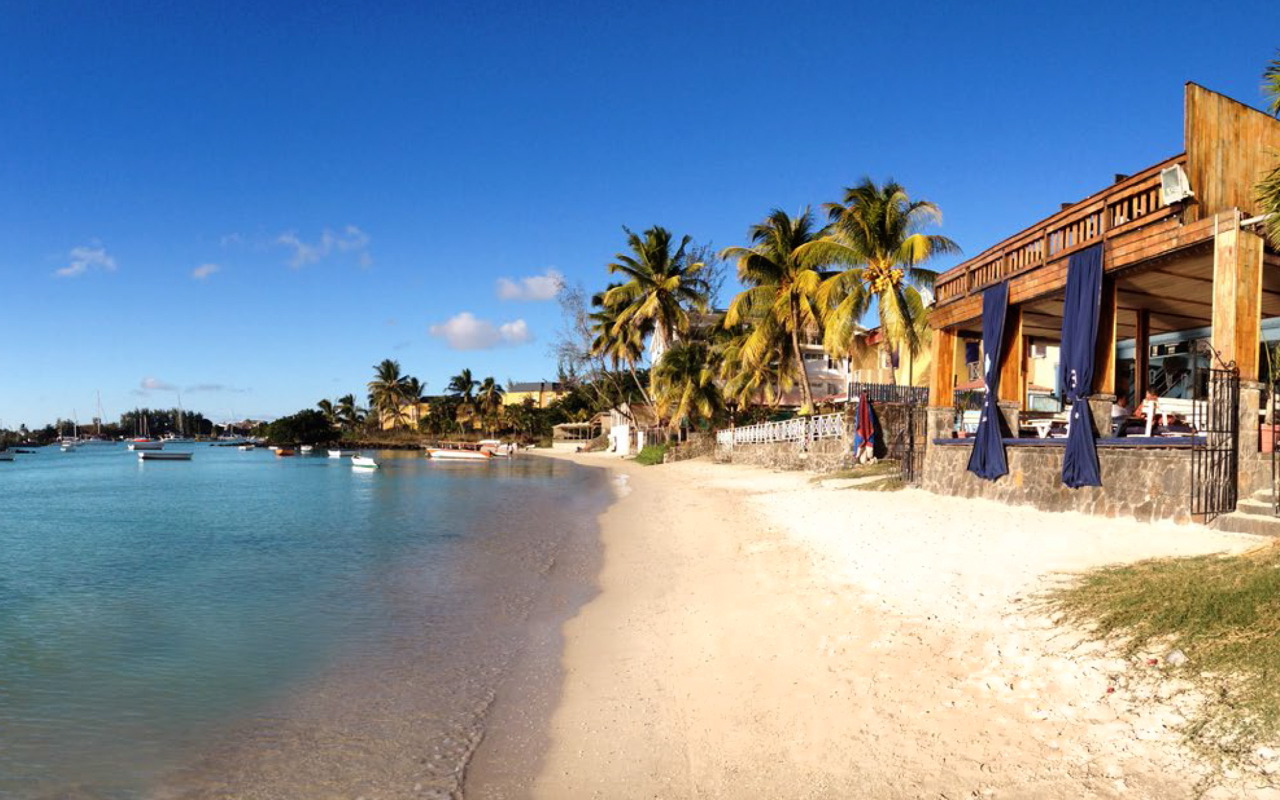
Beach House Bar’s waterside location (Photo: Beach House Bar)
Beach House Bar
Beach House Bar is a charming beach bar and restaurant set on the sunny yellow sands of Grand Baie in the island’s north. Owned by a South African rugby player, its beach shack interior and buzzy vibe make it a beloved spot for a sunset aperitivo (since you can practically fall off your stool into the lapping turquoise waves). As Grand Baie is a bit of a tourist spot, the all-day menu is one of those catch-all’s offering everything from beef carpaccio to tapas to burgers. That said, there is a small Mauritian section with a worthwhile octopus and aubergine curry.
Royal Road, Grand Baie
Curious Corner of Chamarel
Located near the town of Chamarel – best known for its famed ‘Seven Coloured Earths’ – the Curious Corner of Chamarel is a charmingly weird illusion house that makes for a superb family stop. Among the highlights are an interactive exhibit centre mostly based around camera trickery, a mirror maze, and rather tasty pyramid pizzas. Entry costs for adults are Rs. 375 while children between 3 and 12 get in for Rs. 225.
Baie Du Cap Road, Chamarel
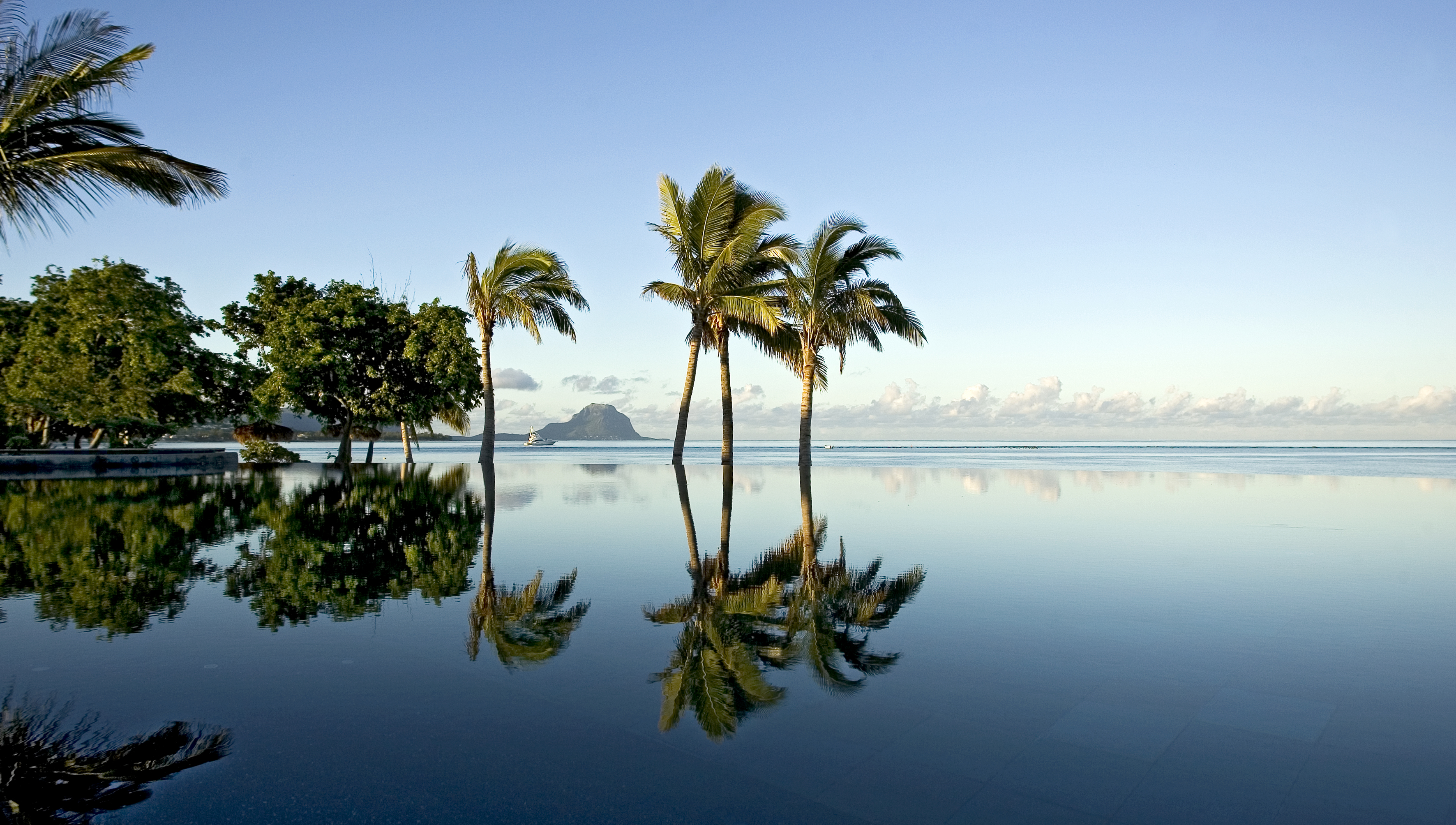
Le Morne Brabant in the distance
Le Morne
Le Morne is a peninsula best known for the fist of basalt surging up on the coast’s most westerly point. Known as Le Morne Brabant, this mountain is UNESCO-anointed for its part in the island’s slaving history; a group of 19th century slaves are said to have jumped to their deaths from the summit rather than face recapture. The ironed-flat, palm-covered, beach-lipped peninsula upon which Le Morne sits seems almost purpose-made for resorts. There’s also a traditional fishing village called Le Morne and walking the waterfront before eating at Face a la Mer – a little gem of a Mauritian seafood restaurant – is a peaceful way to soak up some authentic island vibes.
Le Morne Village, Le Morne